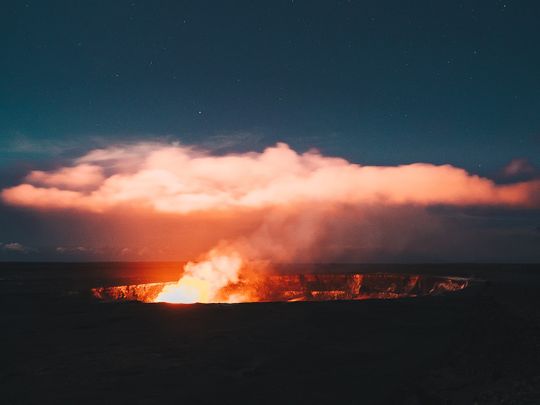
Nature is complex and formidable, and when humans forget that, it sometimes leads to disastrous consequences.
Click start to play today’s Spell It, where we learn how our efforts to control or manage Nature have ended up ‘igniting’ even bigger mess-ups.
Find below a few events from the history books that give us a valuable lesson: Don’t mess with Mother Nature.
1. Operation Cat Drop
The island of Borneo, in Southeast Asia, had a malaria outbreak in the 1950s, which led the World Health Organisation (WHO) to send airplanes that sprayed DDT (a powerful insecticide) all over the island. The DDT successfully killed off the mosquitoes but triggered a domino series of catastrophic events. Firstly, the DDT turned out to also exterminate parasitic wasps that preyed on thatch-eating caterpillars. Without them to keep the bugs in check, the caterpillars multiplied and gnawed at people’s thatched roofs, causing many structures to collapse. Then, the island’s cats started dying, because the insecticide had moved up the food chain – geckoes ate poisoned insects, and cats ate the geckoes. With the cats gone, the population of rats rose steeply, and so did the spread of disease, including outbreaks of typhus and plague. In 1960, WHO finally launched Operation Cat Drop, parachuting cats into Borneo. Some 14,000 cats were reportedly airdropped in this successful operation, finally ending the series of unfortunate events.
2. Rat tails
In 1902, rats infested homes and spread plague in Hanoi, Vietnam. So, French colonialists in the city decided to tackle the rodent problem – they sent residents into the sewers to hunt down and kill rats. To encourage people to do so, French officials offered a bounty of one piastre (the currency used in French Indochina at the time) for each rat killed. All people had to do to collect the reward, was present rat tails as proof of elimination. But officials soon saw something strange: there were tailless rats scurrying around the city, even as the rodent death toll rose to tens of thousands every day. They finally realised that people were cutting off rat tails and releasing them again so that they could reproduce, and expand the opportunity to make a profit. Some people even began farming operations to breed rats on the outskirts of the city. The French immediately scrapped the bounty. And the rat problem became so bad, it resulted in a bubonic plague outbreak in 1906, causing the death of 263 people.
3. Underground inferno
In May 1962, some people burned residential trash in an abandoned mine, in Centralia, Pennsylvania, US. As the flames spread, people tried to douse them out with water, but it didn’t work. The waste continued to burn well into August. Since Centralia sits above a labyrinth of abandoned coal mines, the fire is thought to have set the mines ablaze – it’s still burning today. Federal and state governments gave up trying to extinguish it in the 1980s, and relocated the inhabitants of the town instead. The coal seams have baked the town, bleached the trees white and opened fissures in the ground that leak poisonous gases. Scientists estimate it would take another 250 years before the coal that fuels the inferno runs out.
What do you think of these mishaps? Play today’s Spell It and tell us at games@gulfnews.com.





